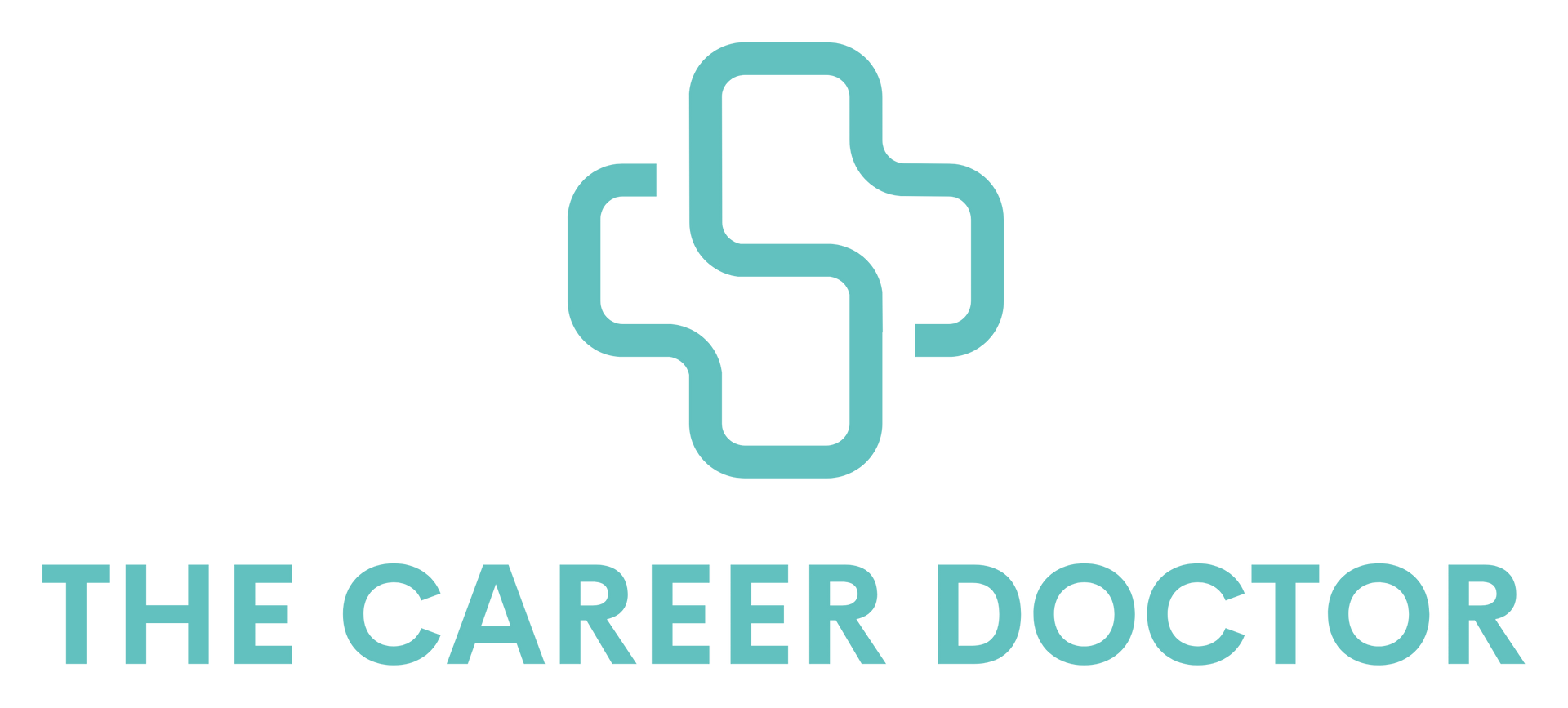Why Your Job Search Is Failing Today
How the Search Accelerator Helps

Most searches stall for the same reason. Candidates sell a record of the past instead of a plan for the future. Resumes read like biographies. LinkedIn summaries echo old job descriptions. Interviews turn into highlight reels. Hiring teams are not buying a story about yesterday. They are buying proof that you can move a number tomorrow.
The Silent Test Inside Hiring Rooms
Every hiring decision answers three questions.
- Do you understand the business moment.
- Can you move a metric that matters in the first 90 days.
- Do you have evidence you have done something comparable.
If your materials do not state those points in the first thirty seconds, your application blends into the stack.
Why This Is Hard to Fix Without Help
Even well-informed professionals struggle to correct course on their own. The reasons are practical, not personal.
- No objective vantage point. You are too close to your own narrative. What felt pivotal to you may be noise to a hiring manager. External perspective separates signal from sentiment.
- Decision overload. Which future role is best, at what level, and in which lane. The market presents similar titles with very different scopes. Choosing incorrectly leads to mismatched pitches and weak interviews.
- Evidence mapping. Translating past work into the proof points a future role requires is not obvious. You need to select the few cases that predict performance in the new job and discard the rest.
- Post-rebrand execution. A new resume is not the finish line. You must carry the future story into the interview. That means opening with the outcome you will drive, then supplying concise proof, then explaining your plan. Most candidates return to favorite wins and lose the room.
- Language gap. Buyers speak in revenue, cost, risk, quality, and speed. Candidates speak in responsibilities and tools. Without a coach, that gap persists.
From Biography to Business Case
The fix is simple to describe and hard to execute alone.
- Define the future role with precision. Title, problem, scope, altitude, and metrics.
- Write a one-sentence value thesis. In the first 90 days I will do X that moves metric Y by Z.
- Select proof, not anecdotes. Three examples that mirror the new job’s context, constraints, and scale.
- Answer Future, Proof, Fit in every interview. Lead with what you will do. Cite evidence. Then explain how you will execute in this company, with these people, at this moment.
A Clearer Path With Professional Guidance
This is the work we do inside The Search Accelerator.
- Role strategy: We help you choose the next role and level by mapping market signals, scope, and comps so every application and conversation points in the same direction.
- Evidence alignment: We translate your background into proof that supports the new goal, then cut what does not move the buyer.
- Rebrand assets: Resume and LinkedIn that lead with future value and quantify outcomes.
- Interview narrative: A future-first script, targeted examples, objection handling, and a practical 30-60-90 so you sound like the person already doing the job.
- Offer calibration: Position your impact so compensation reflects the value you create.
A Quick Self-Test
If you answered no to any of these, you are leaving results on the table.
- Can you state your value thesis in one sentence?
- Do your top three examples mirror the scope of your target role?
- Does your LinkedIn About lead with the future, not the past?
- Can you open any interview with what you will do in the first 90 days?
Why Advice Is Worth Paying For
Knowing you must point your story to the future is not the same as choosing the right future. Which role is the best move? Which scope and level will compound your strengths? Which two examples from your background actually predict success in that role? These decisions are hard to make alone and the cost of guessing is real.
A seasoned coach brings an objective vantage point and a market map. We help you select the target role, align evidence from your past to support that goal, and teach you how to carry that future story into the interview. Instead of reciting favorite wins, you lead with outcomes you will deliver, the proof you can do it, and the plan for your first ninety days. That clarity shortens the search, strengthens offers, and pays for itself.



